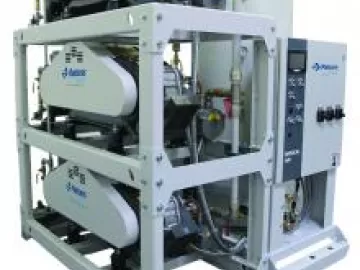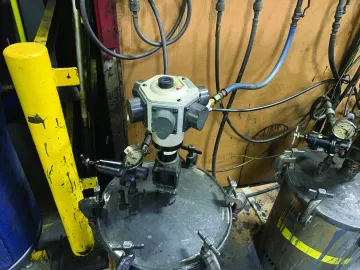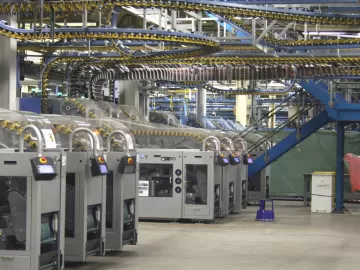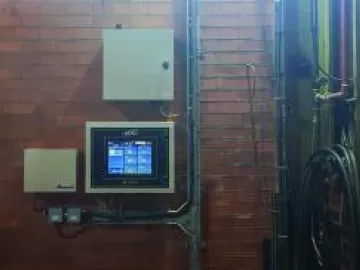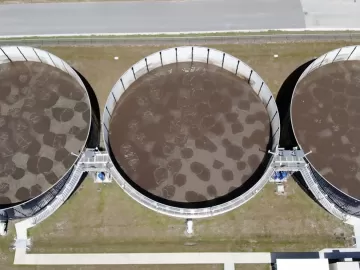Automaker PROTON Attacks Compressed Air Waste
Compressed air optimization measures adopted by PTMSB have reduced the consumption of compressed air by 31 percent resulting in savings of about 3,761,000 kWh per year in energy consumption. The monetary savings are MYR 1,090,627 per year (\$255,000 USD). The CO2 reduction is estimated at 2,735 ton per year.





